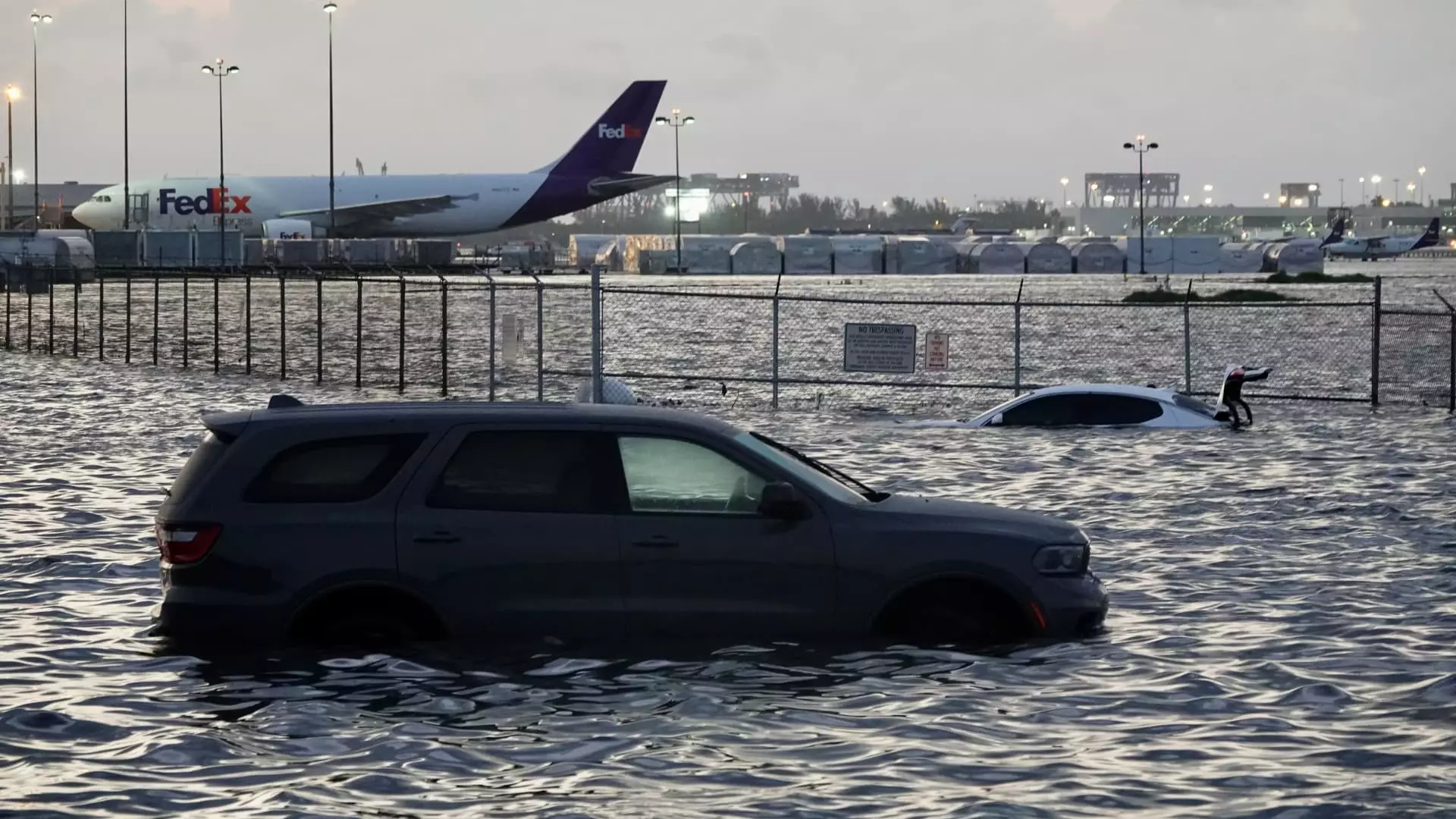The United States’ infrastructure — the backbone of daily life and economic vitality — stands at a perilous crossroads, threatened by the relentless specter of climate change. Far from being a mere environmental concern, this crisis exposes the systemic vulnerabilities embedded within our roads, bridges, airports, and communication networks. The evidence is unmistakable: our infrastructure is struggling to cope with increasingly severe weather patterns, risking not only inconvenience but catastrophic failures that could undermine the fabric of American society. As our climate grows more unpredictable, the question we must confront is whether the nation is prepared to adapt or continue to flounder on a crumbling foundation.
Decades-Old Structures, Unimagined Risks
Most of the nation’s crucial infrastructure was designed and built in eras when climate extremes were much less frequent or intense. These aging systems were never intended to withstand the barrage of modern weather phenomena — floods, heatwaves, wildfires, and hurricanes — now increasingly commonplace. For example, recently at Fort Lauderdale/Hollywood International Airport, deluge-driven flooding brought operations to a halt, stranding countless passengers. Similarly, a heat-induced expansion of metal on a New York City bridge caused the structure to jam open, exemplifying how extreme temperatures directly threaten civil safety. These incidents highlight a bitter reality: our infrastructure is ill-equipped to handle the climate we are now living through.
A System Under Siege: The Current State of U.S. Infrastructure
The American Society of Civil Engineers accurately graded the nation’s infrastructure with a disappointing “C,” a reflection of mounting vulnerabilities across every sector. Especially alarming are airports, power grids, and telecommunications—areas that support economic stability and public well-being. Risk assessments conducted by firms like First Street reveal that significant portions of our essential systems are at “major risk” from natural disasters—floods, winds, wildfires—threatening not only infrastructure but the livelihoods and safety of millions. The acknowledgment that nearly 20% of power infrastructure faces major threats underscores how unprepared we are for the worsening climate. These failures are not random; they stem from decades of underinvestment and neglect, leaving our systems fragile and outdated.
Science Under Attack: A Threat to Climate Resilience
Addressing these vulnerabilities demands a scientifically informed response, yet climate science faces relentless political and ideological attacks. During the Trump administration, federal agencies responsible for climate research—NOAA, FEMA, NIST—suffered extensive staffing cuts and budget reductions. Such setbacks threaten to undermine the data and research critical to safely designing and upgrading infrastructure. Without robust scientific guidance, investments into resilience efforts become haphazard or complacently superficial. The absence of authoritative, science-driven policy risks leaving communities exposed to devastating natural disasters that could have been mitigated with better planning and foresight.
Financial Shortfalls and the Road Ahead
Tackling the infrastructure crisis isn’t solely about engineering fixes; it hinges on financial investment. The American Society of Civil Engineers estimates that it will take over $3.7 trillion over the next decade to bring our infrastructure up to a resilient standard. Unfortunately, federal funding remains insufficient, evidenced by recent cuts such as FEMA’s cancellation of the nearly $1 billion Building Resilient Infrastructure and Communities program. This persistent underfunding reflects a political calculus more focused on short-term wins than the long-term security of American communities. Without substantial, sustained investment, our infrastructure will continue to deteriorate, exposing us to catastrophic failures, rising economic costs, and increased human suffering.
A Call for Rational, Science-Based Action
Addressing this mounting crisis requires a shift that is as much political as it is technical. We must prioritize rebuilding a resilient infrastructure that is designed with the realities of climate change in mind—anticipating future risks, not just current conditions. This demands a pragmatic, science-driven approach that recognizes the urgency of climate adaptation and commits meaningful resources. Our future depends on policies that do not dismiss research or ignore the mounting evidence of climate impacts, but rather integrate this knowledge into planning and decision-making. The time for denial and shortsightedness has long passed; now, we need a strategic, comprehensive effort grounded in facts to safeguard the American way of life from climate-induced catastrophe.

